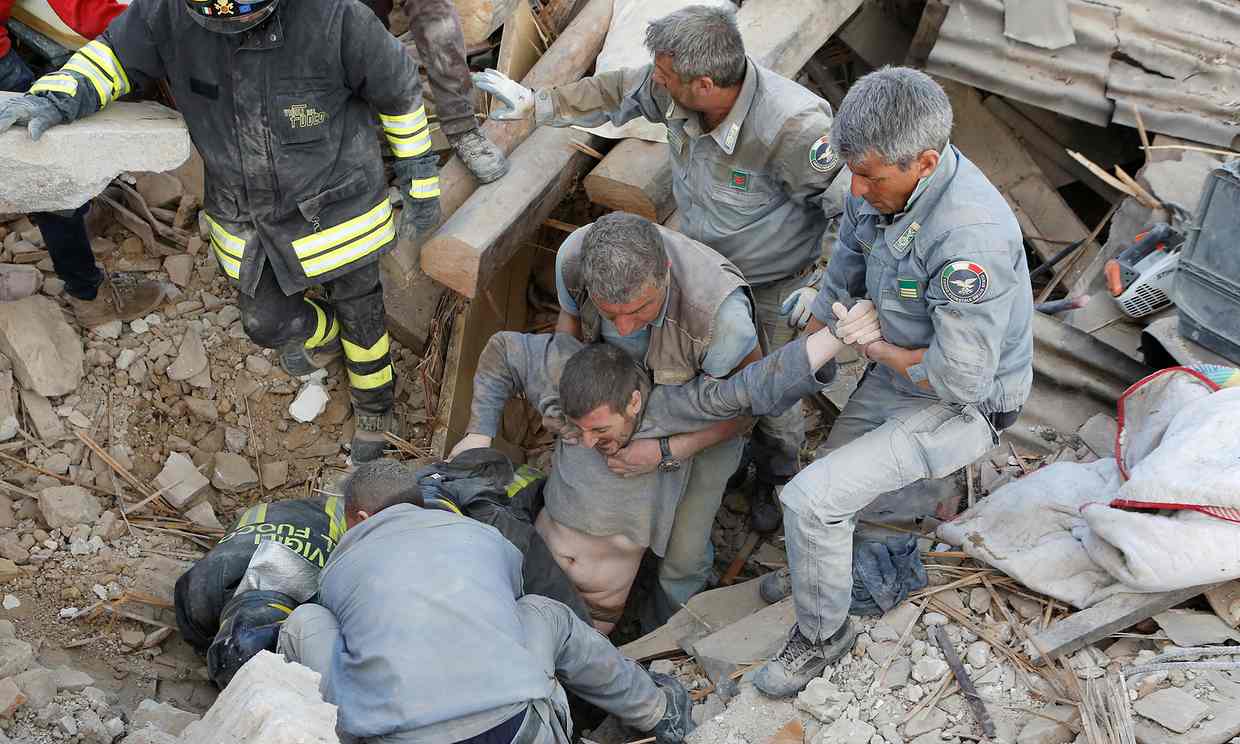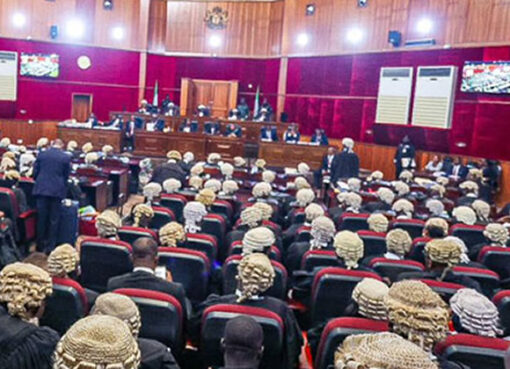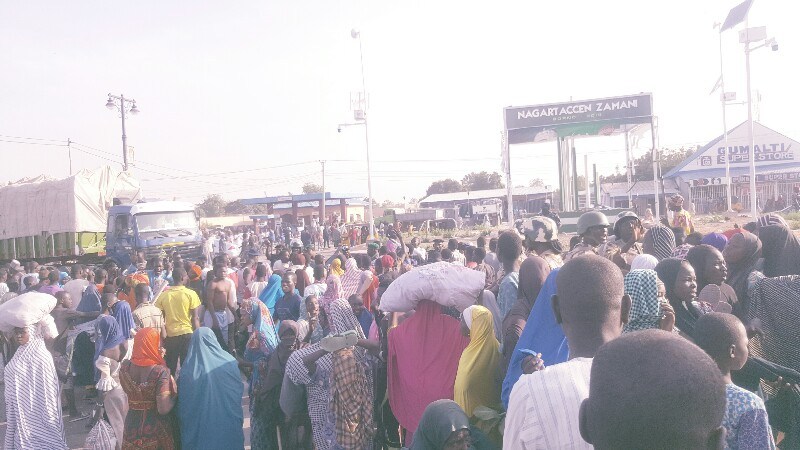Dozens of buildings collapse in hardest-hit towns of Amatrice, Accumoli and Arquata del Tronto after quake that struck early on Wednesday morning.
The death toll from a powerful earthquake that struck a string of towns and villages across a mountainous swath of central Italy has risen to 73, with more people still unaccounted for.
The 6.2-magnitude quake struck at 3.36am when most people were still asleep, razing homes, buckling roads and burying residents under mounds of rubble in the hardest-hit towns of Amatrice, Accumoli and Arquata del Tronto.
Residents and emergency services struggled to free victims from homes that collapsed into piles of masonry in a remote area straddling the regions of Umbria, Marche and Lazio. The quake was felt as far away as Rome, more than 93 miles (150km) away.
It was Italy’s most powerful earthquake since 2009, when more than 300 people died in and around the city of Aquila, just to the south of Wednesday’s quake.
“The situation is dramatic, there are many dead. Rescue efforts are under way and it is very, very difficult,” the mayor of Amatrice, Sergio Pirozzi, told local media. “Half the village has disappeared. The aim now is to save as many lives as possible.”
The mayor of Accumoli, Stefano Petrucci, said as the day progressed that the situation was “even more dreadful than we feared, with buildings collapsed, people trapped under the rubble and no sound of life”. He said two or three hamlets had completely disintegrated and the death toll was expected to rise.
Italian television showed images of distraught residents and holidaymakers in the popular tourist region sifting through rubble with shovels and their bare hands as emergency services scrambled to move in earth-moving machinery and sniffer dogs.
Italy’s prime minister, Matteo Renzi, said the priority over the coming days was to rescue any survivors. Adding that he would be heading to the zone later in the day, Renzi said Italy showed its true face in times of trouble: “No family, no city, no hamlet will be left alone.”
The leaders of both France and Germany, who spent Monday with Renzi at an EU mini-summit off Naples, offered their condolences and assistance.
President François Hollande said France would provide “all the help that might be necessary” after a “terrible tragedy”, while Chancellor Angela Merkel expressed “the deep sympathy of the German people”.
Pope Francis prayed for the victims and survivors with a crowd of tens of thousands gathered in St Peter’s Square in Rome for his general audience. “Hearing the mayor of Amatrice say the town no longer exists, that there are children among the victims, I am deeply saddened,” he said.
News reports said the hospital in Amatrice had also been badly damaged and that patients had to be moved into the streets, where the air was thick with dust and smelled strongly of gas.
Television pictures showed entire buildings razed, debris of rocks and metal that had tumbled on to the streets and dazed residents huddled on squares and pavements. As many as 60 aftershocks, some measuring as strong as 5.5 on the Richter scale, continued through the morning.
“The whole ceiling fell but did not hit me,” resident Maria Gianni told the Associated Press. “I just managed to put a pillow on my head and I wasn’t hit luckily, just slightly injured my leg.”
Another woman, sitting in front of her destroyed home with a blanket over her shoulders, said she did not know what had become of her family. “It was one of the most beautiful towns of Italy and now there’s nothing left,” she said. “I don’t know what we’ll do.”
Amatrice, best known in Italy as the birthplace of the bacon-and-tomato pasta sauce that goes into spaghetti all’amatriciana, is made up of nearly 70 hamlets, some of which rescuers had yet to reach.
One visitor from Rome described the early-morning scene in Illica, a few kilometres north, as “like Dante’s Inferno. People crying for help, help. Rescue workers arrived after one hour… one and a half hours.”
Tourists on holiday in the region told the Guardian of their experiences. “The quake and at least one aftershock caused us to run out of the buildings in a panic,” said Nick Mortimer, one of a family of nine gathering for a 60th birthday celebration in nearby Amandola.
Renata Morioni, on holiday a few miles from Amatrice, said: “I felt a very strong shaking at about 3am … It went on for ages – then again about half an hour or 45 minutes later. Terrifying.”
The US Geological Survey measured the quake at 6.2 magnitude and put its epicentre near the Umbrian town of Norcia. Italy’s earthquake institute, INGV, registered it at 6.0 and said the epicentre was closer to Accumoli and Amatrice.
Experts said the epicentre was relatively shallow at about six miles, making the surface damage more severe. Dr Mark Quigley said about 13,000 people would have experienced “severe ground shaking” persisting for probably 10-20 seconds and another 230,000 would have felt very strong tremors.
“This earthquake is no surprise,” said Quigley, an active tectonics and geomorphology professor at the University of Melbourne. “This is one of the most seismically active parts of Italy.”
He noted that six severe earthquakes had hit the region in the past seven centuries, includingthree magnitude-6 quakes in 1703 that killed 10,000 people.
Italy’s deadliest earthquake since the start of the 20th century came in 1908, when a major tremor followed by a tsunami left an estimated 80,000 people dead in the southern regions of Reggio Calabria and Sicily.
As residents, civil protection workers and even priests dug through the rubble, calls went out for more equipment and helpers. “We need chainsaws, shears to cut iron bars, and jacks to remove beams: everything, we need everything,” Andrea Gentili, a civil protection worker, said. The national blood service appealed for donations to Rieti’s hospital.
“I don’t know what to say. We are living this immense tragedy,” said the Rev Savino D’Amelio, a parish priest in the hilltop village of Amatrice, a popular destination for Rome residents seeking cool mountain air in the hot summer.
“We are only hoping there will be the least number of victims possible and that we all have the courage to move on.”
Pirozzi, the mayor, said access to the village was difficult. “There is a landslide on one road, a bridge is about to collapse on the other one,” he said. “We can hear voices under the rubble.”
The 2009 Aquila quake led to lengthy recriminations over lax building controls and the failure of authorities to warn residents that a quake could be imminent.
(TheGuardian US)






